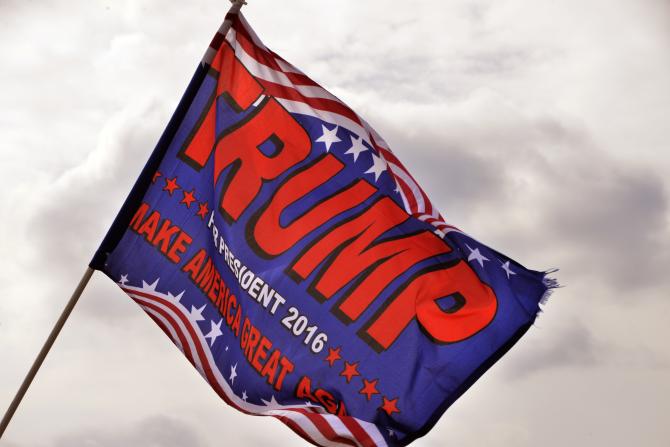
The New Year, of course, is a time when many reflect on the past and look toward the future. The past provides potential lessons and cautions for those who would seek to find tomorrow’s solutions in yesterday’s actions. In his 1994 book “Diplomacy,” former US Secretary of State Henry Kissinger wrote: “The study of history offers no manual of instructions that can be applied automatically; history teaches by analogy, shedding light on the likely consequences of comparable situations. But each generation must determine for itself which circumstances are in fact comparable.”
While Kissinger is explicit on the importance of studying and applying history to policy, he is as insistent that history not be misapplied, that the assessment of the past not lead to false conclusions for the present or the future. Today, the concept of “peace through strength” popularized by President Ronald Reagan in the 1980s has emerged as a mantra of the new administration of President Donald J Trump, its advisers and supporters. The risk of raising iconic personalities and policies from American history is that lessons may inadvertently be misapplied. The concepts may be sound, but the interpretation and application in a different context may lead to wildly different results.
Peace through strength
This mantra was a cornerstone of the Reagan administration, an assertion that an economically and militarily strong United States was necessary to ensure peace and stability internationally by demonstrating the futility of challenging American power. But times have changed, the world system is far different than it was during the Cold War, threats have evolved and the mythos of Reagan has perhaps superseded the reality of history. It is worth considering what peace through strength meant in the past, what it may mean in the present, and perhaps most important, just how one measures American strength in the modern era.
It is hard to reconcile some current Trump administration policy proposals – rolling back free trade, increasing tariffs, pulling back on the US global role and leaving allies to their own defense – with the underpinnings of the Reaganesque peace through strength slogan, which encouraged free trade, an activist foreign policy and the strong support of distant allies. But it is also a very different moment in history.







%20resized.png)
